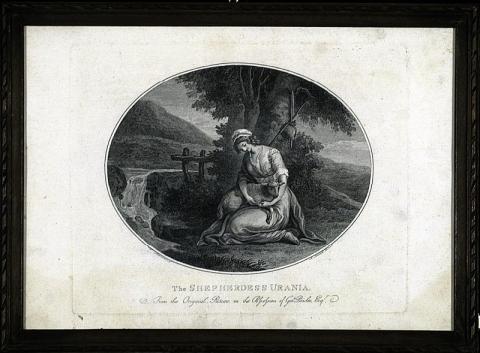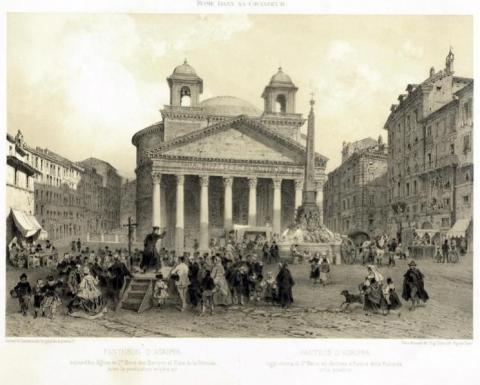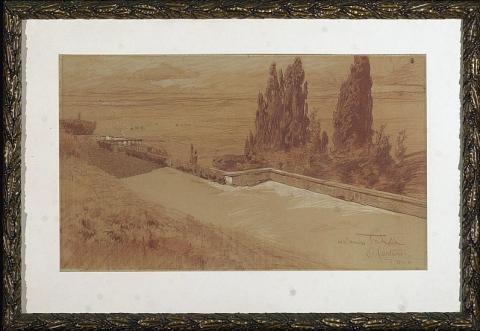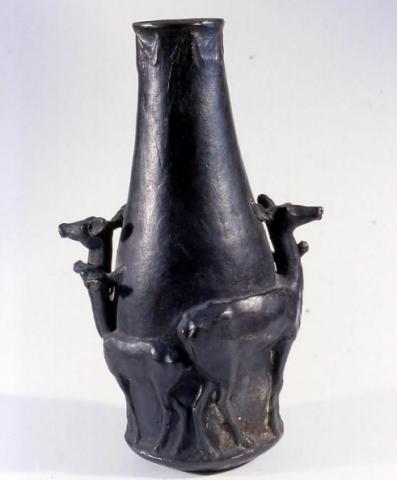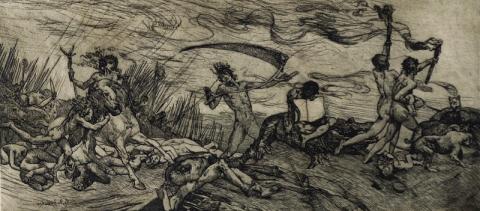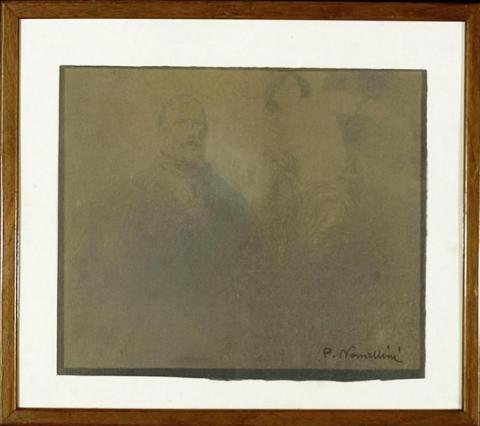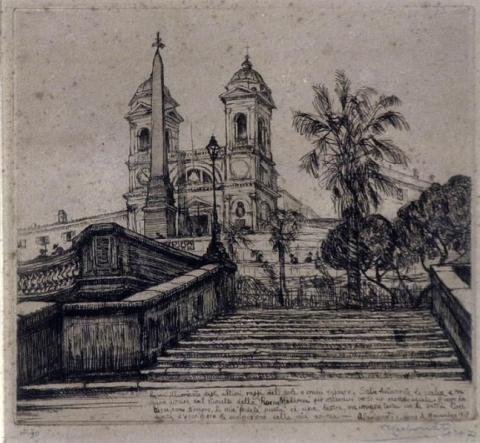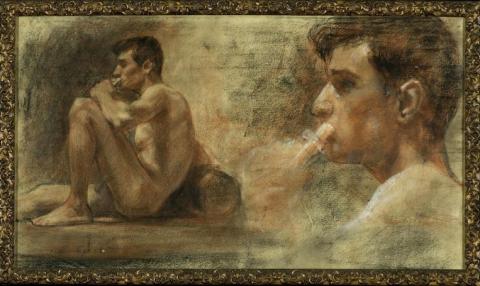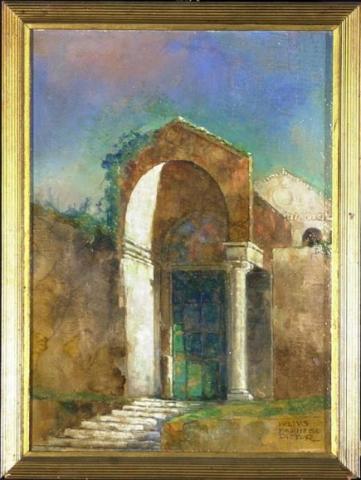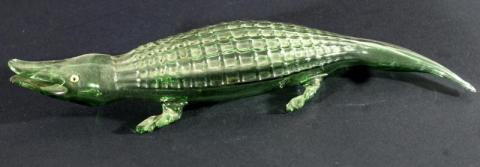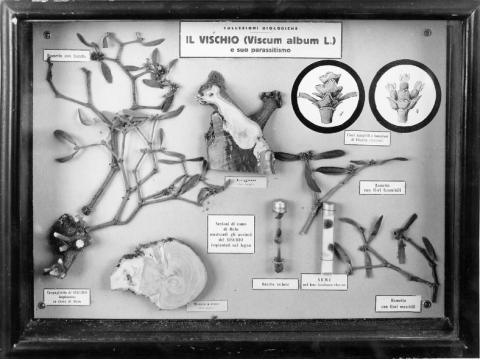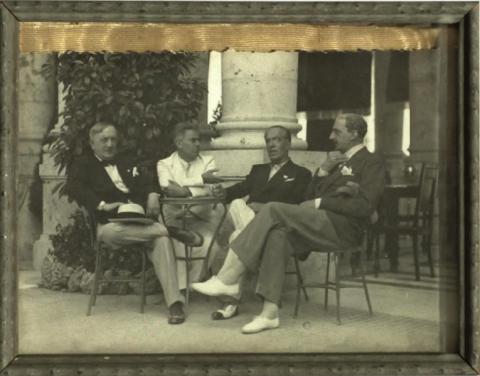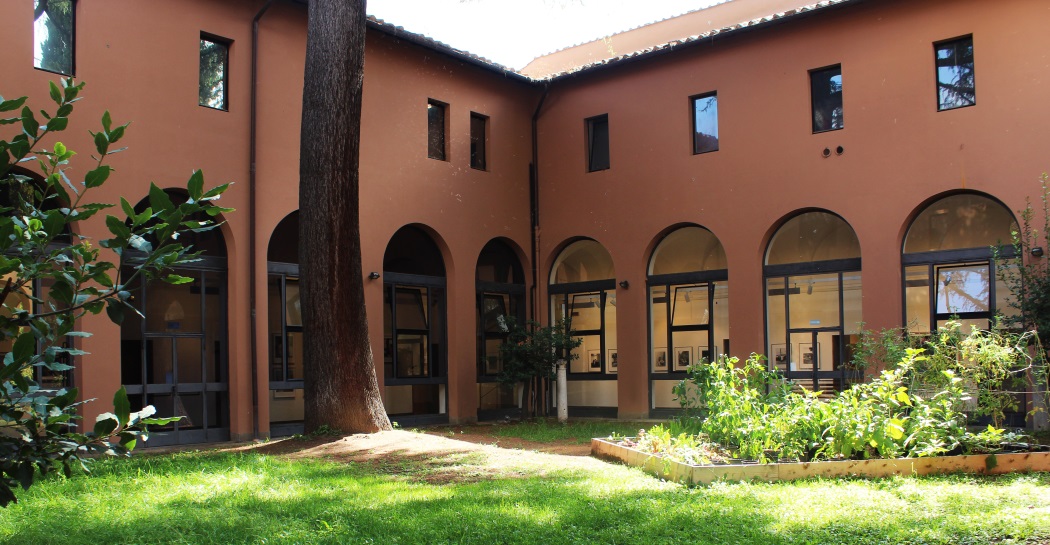The Trilussa Fund
Carlo Alberto Salustri, better known by his pseudonym Trilussa (Rome, 6 October 1871 - 21 December 1950) lived and worked from 1915 at number 7 Via Maria Adelaide near Piazza del Popolo, in a Umbertino building occupied by the Corrodi studios, which were designed to be used as studios by artists (including Giulio Aristide Sartorio, Pio Joris, Ernesto Coleman and Onorato Carlandi).
The high, spacious room was divided into a private area at the top, accessed from a balcony, and a studio at the bottom, housing the poet's vast collection. In a manner reminiscent of the Wunderkammer of the past, as well as the most characteristic rooms of Gabriele D'Annunzio's contemporary Vittoriale on Lake Garda, the furnishings and works of art were flanked by photographs, books, knick-knacks, stuffed animals and botanical specimens, as well as the most disparate objects, bizarre or of no value.
Shortly after Trilussa's death, the studio was declared to be of particularly important interest in accordance with the law in force (the so-called Bottai law of 1939); in 1954, the rights to the studio's assets passed from the heirs to the Fono-Roma Society, which already owned the building and donated the materials to the Municipality of Rome the following year. After a ten-year stay at the Museo di Roma in Palazzo Braschi, the Trilussa Fund was assigned to the Museo del Folklore e dei poeti romaneschi, which opened in 1977. In addition to the numerous objects, a substantial number of documents, correspondence and photographs provide material for an interpretation of the poet's life and the setting in which he lived.
When the museum was renovated at the beginning of the century and given a new cultural mission and its current name of Museo di Roma in Trastevere, the current layout was designed to recall and suggest the original configuration of the studio and the collector's approach - both highly cultured and accumulating - of its owner.
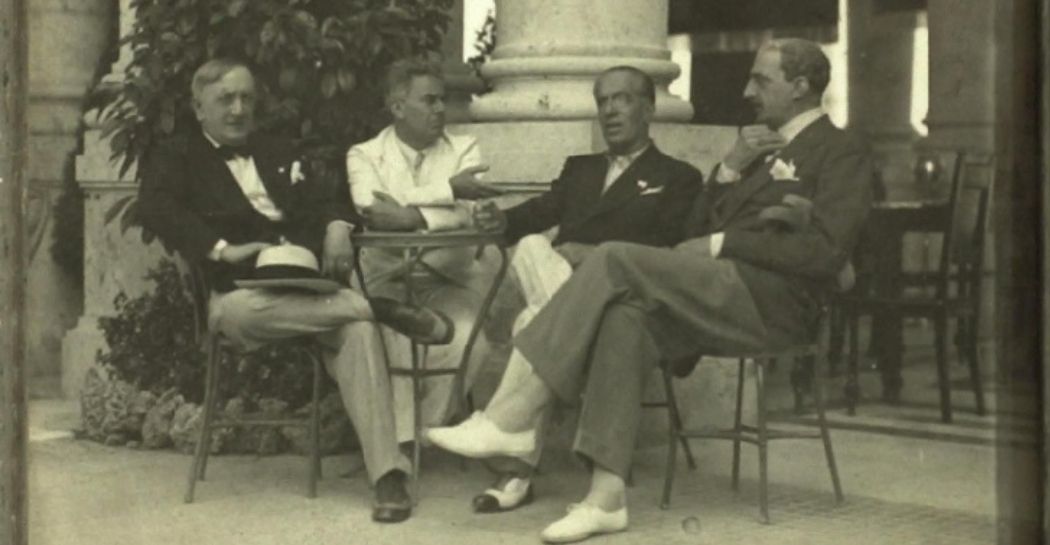
In 2002, Studio Azzurro conceived an installation to narrate the figure of the poet in his complexity as a public and private man, with the friendships and women who surrounded him.
The staging of the work La Stanza di Trilussa unfolds among the empty spaces left in the dense weave of paintings, shelves and furnishings, with a selection of moving projected images that complete the narrative of the objects: a rotating projector surprisingly stops at four points on the walls and shows brief actions. A chessboard belonging to Trilussa is animated by a game still in progress. Newspapers and letters from the time unfold one on top of the other, tracing the poet's career. His portraits are displayed in a frame. Anna Magnani recites some of his poems on archive video.
In this way, one after the other, direct testimonies of Trilussa's private and public life take shape, allowing the visitor to understand his poetry in the light of the everyday life of his objects and his life. In this narrative room, a collection - too vast to be exhibited in its entirety - is virtually re-enacted and becomes a link between the public and Trilussa's personal world.




























